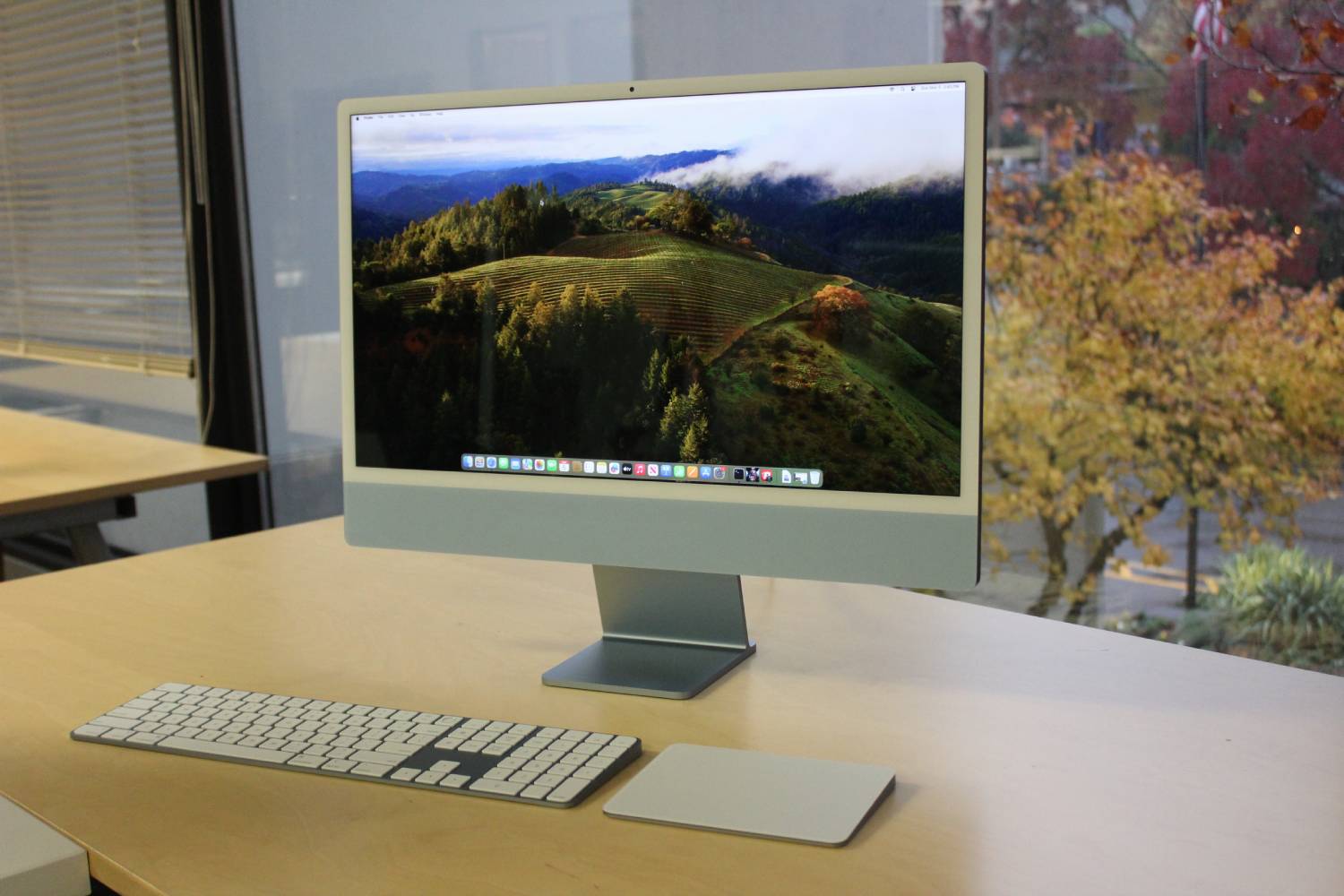Computer Clipart: A Comprehensive Guide
In the realm of digital design and creative projects, computer clipart plays a vital role. It serves as a versatile tool for enhancing presentations, websites, and other visual media. This article delves into the various aspects of computer clipart, exploring its significance, applications, and evolution over time.
Table of Contents
What is Computer Clipart?
Computer clipart refers to pre-made digital images, illustrations, or graphics that are designed for easy use in various projects. These graphics can range from simple icons to intricate illustrations and are typically used to visually communicate ideas, concepts, or information. Clipart is often employed in documents, presentations, and creative works to add visual appeal and aid in conveying messages more effectively.
The Evolution of Computer Clipart
The concept of clipart has evolved significantly since its inception. Initially, clipart was a physical product—collections of illustrations and images available on CDs or through printed materials. As technology advanced, the digital era transformed clipart into downloadable files and online libraries, making it more accessible and easier to integrate into digital projects.
Early Beginnings
In the early days of computing, clipart was often provided as part of software packages or available through separate collections on physical media like floppy disks or CDs. These collections were limited in scope and variety, often featuring basic illustrations and icons.
The Digital Revolution
With the advent of the internet and digital distribution, clipart libraries expanded exponentially. Online platforms began offering vast repositories of clipart, allowing users to search, download, and use images at their convenience. This digital shift made clipart more versatile and accessible to a broader audience.
Modern Clipart
Today, clipart has become an integral part of digital design. High-resolution images, vector graphics, and customizable illustrations are readily available through various online resources. The quality and variety of clipart have improved significantly, providing users with an extensive range of options for their creative projects.
Types of Computer Clipart
Computer clipart comes in various types, each serving different purposes. Understanding the different categories can help users select the most appropriate clipart for their needs.
Icons and Symbols
Icons and symbols are simple, recognizable images used to represent concepts, actions, or objects. They are commonly used in user interfaces, websites, and presentations to provide visual cues and enhance user experience.
Illustrations
Illustrations are more detailed and artistic representations, often used in creative projects, educational materials, and marketing collateral. These can range from hand-drawn styles to digital art, providing a unique visual flair.
Infographics
Infographics combine images, charts, and text to convey complex information in a visually engaging manner. Clipart used in infographics helps to break down data and present it in an easily digestible format.
Applications of Computer Clipart
Computer clipart finds applications across various domains, each benefiting from its ability to enhance visual communication and presentation.
Business and Marketing
In business and marketing, clipart is used to create visually appealing presentations, brochures, and advertisements. It helps to capture attention, convey messages effectively, and reinforce brand identity.
Education
Educators use clipart to make learning materials more engaging and accessible. Illustrations and icons can simplify complex concepts, making them easier for students to understand and retain computer world.biz/.
Personal Projects
For personal projects, clipart adds a creative touch to invitations, greeting cards, and social media posts. It allows individuals to personalize their creations and express their unique style.
Choosing the Right Clipart
Selecting the appropriate clipart requires consideration of several factors to ensure it aligns with the project’s objectives and audience.
Relevance
Choose clipart that is relevant to the content and context of your project. The imagery should support the message and enhance the overall visual experience.
Quality
Opt for high-quality clipart to ensure clarity and professionalism. Low-resolution images can appear pixelated and detract from the project’s impact.
Licensing
Be mindful of licensing agreements when using clipart, especially for commercial purposes. Ensure that you have the appropriate rights to use the images and comply with any restrictions.
Conclusion
Computer clipart remains a valuable resource in the world of digital design, offering a wealth of possibilities for enhancing visual communication. From its early beginnings to its current state, clipart has evolved to meet the needs of various applications, providing users with a diverse range of options. By understanding the different types of clipart and their applications, you can make informed choices that elevate your projects and effectively convey your message.

